Birding America
More than a thousand bird species can be seen in the United States, some of them abundant, some of them quite rare, many of them migrating thousands of miles in spring and fall to distant points in the Western Hemisphere. Identifying birds is a most satisfying addition to time spent in the outdoors. All you really need is a smartphone birding app or a field guide and a pair of binoculars.
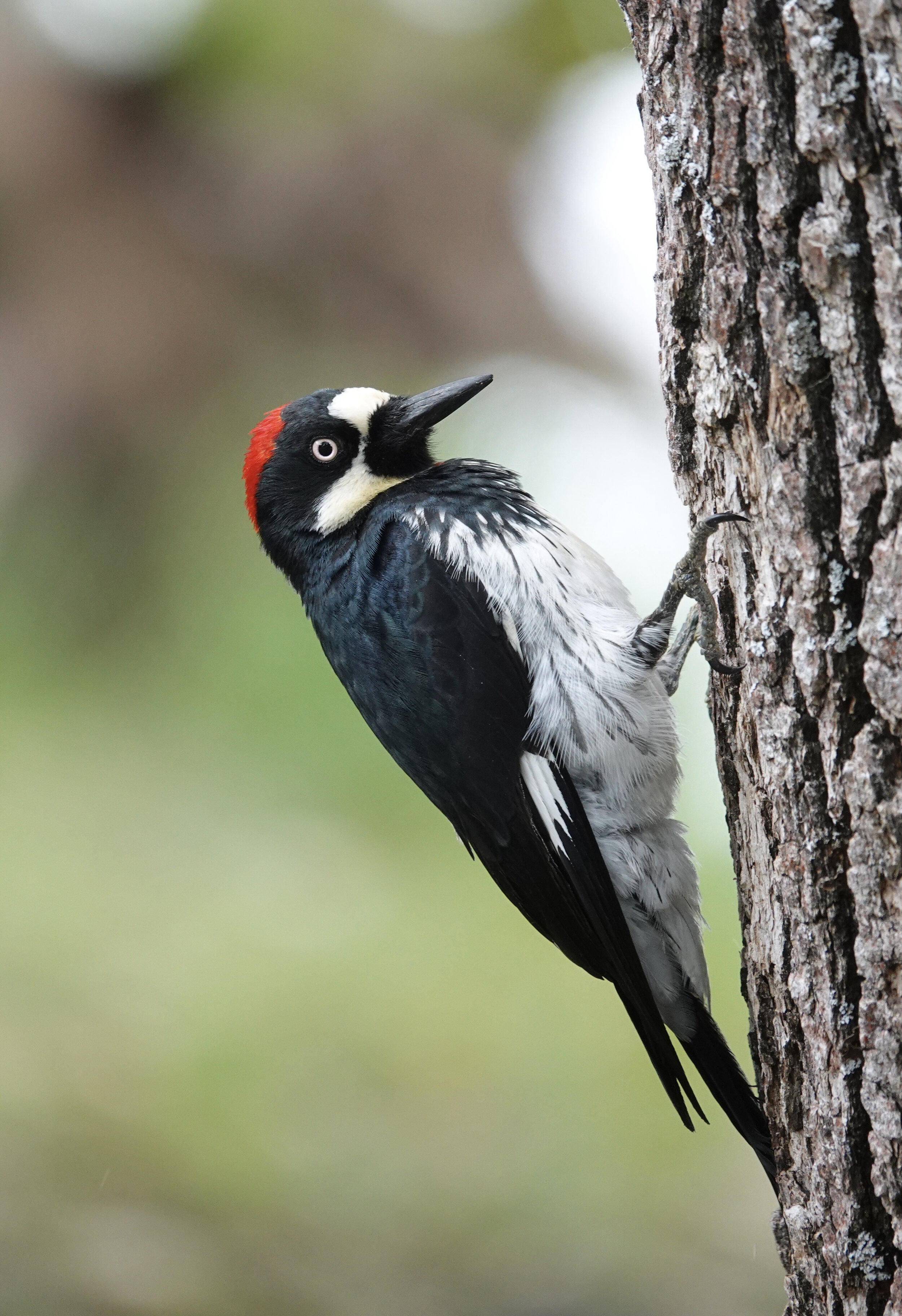
An acorn woodpecker along the Rogue River, Tou Velle State Park, White City, Oregon. Aptly named, this species stashes acorns in holes it pecks in trees and telephone poles. Its range is comparatively small, including Arizona, California and Oregon.

Blue-winged teal are abundant in winter at the Merritt Island National Wildlife Refuge in Titusville, Florida. The species breeds in much of North America.
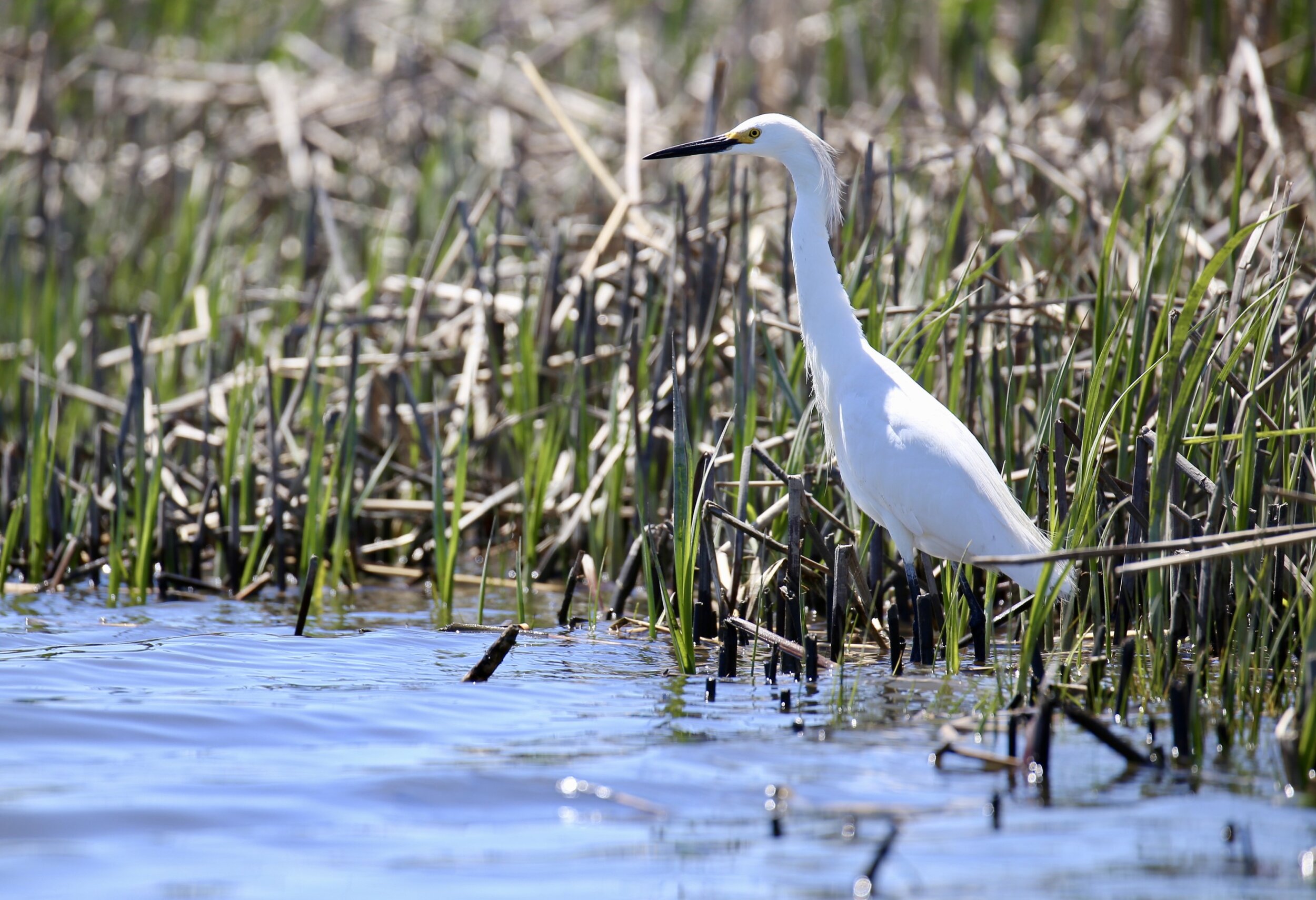
Snowy egret, Lord Cove, Connecticut River, Old Lyme, Connecticut.

A member of the thrush family, the veery is a woodland species, seen here along a section of the Appalachian Trail in Kent, Connecticut.
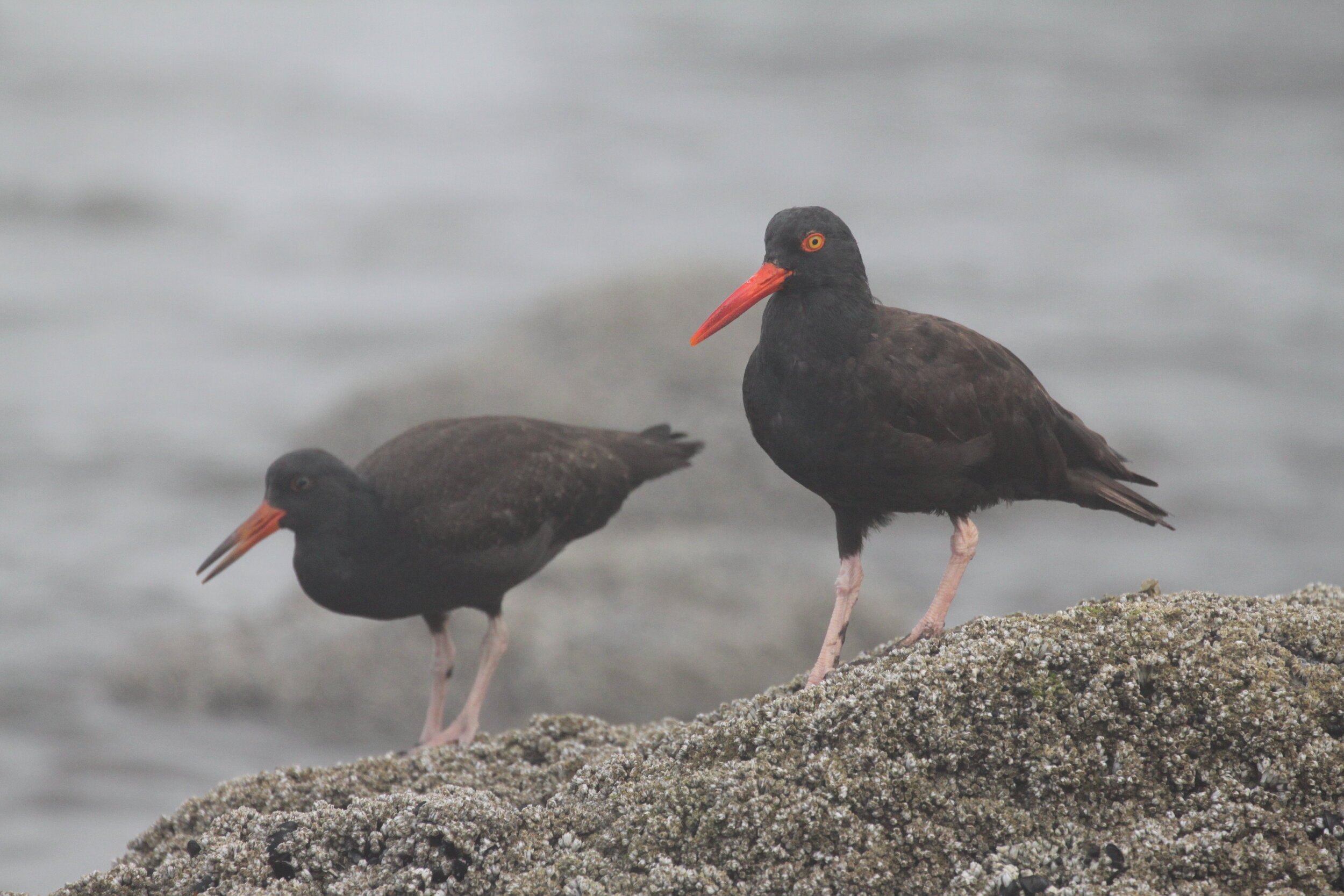
Black oystercatchers in early morning fog, Ruby Beach, Olympic National Park, Washington. This coastal species prefers rocks near the sea, as seen in this image.

Great horned owl chicks in a nest atop a storm-ravaged palm tree in Port Salerno, Florida.

Often seen near water, the red-shouldered hawk is a comparatively common hawk found throughout the eastern U. S. and California. Florida birds, like this one, are slightly paler in color.
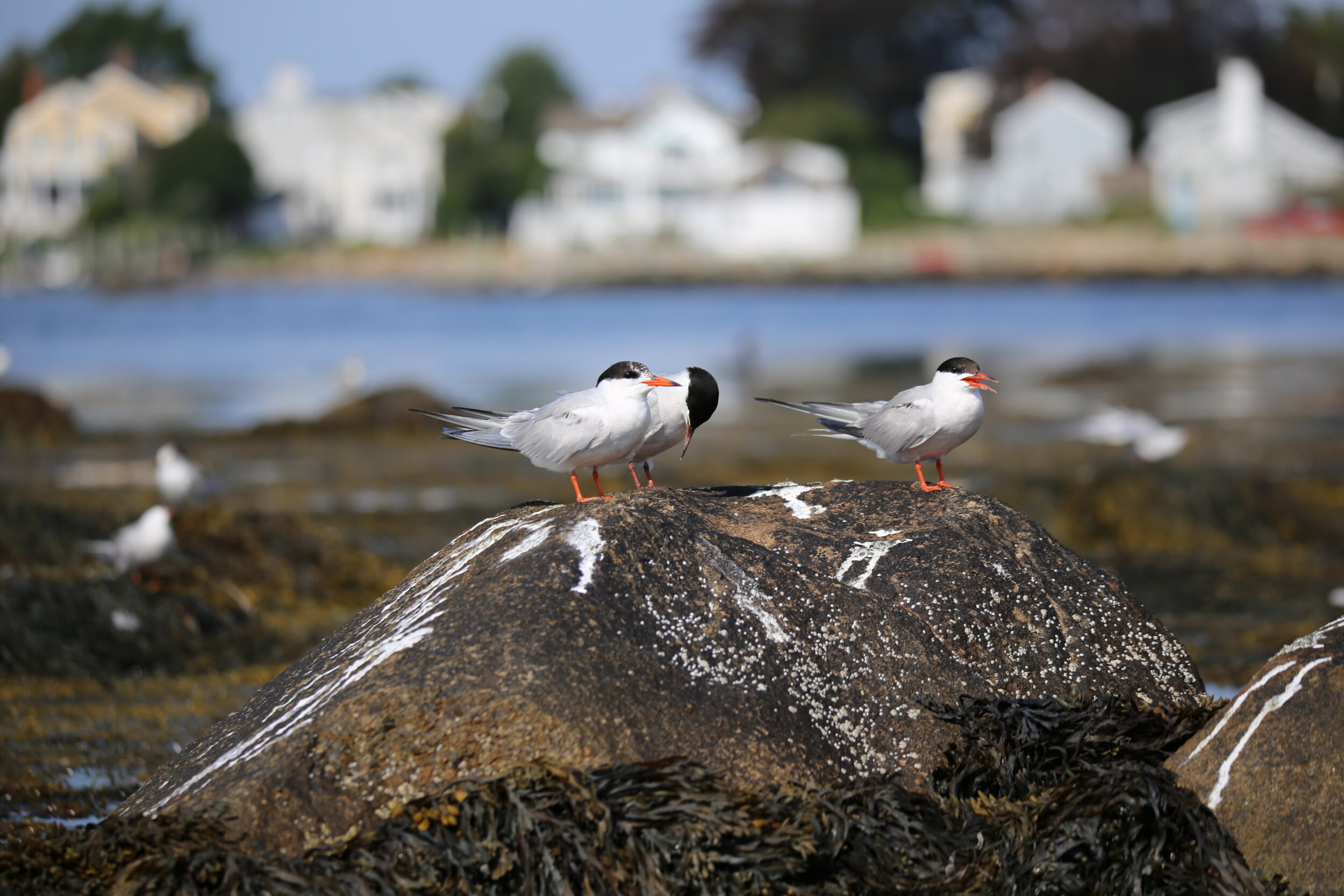
With the old coastal village of Stonington, CT, as a backdrop, common terns were abundant one summer day as I paddled along the coast, camera around my neck.

The little blue heron is most common in the southeastern U. S. They tend to move about slowly at the edges of fresh or salt water.

The boat-tailed grackle, found along the eastern seaboard, has iridescent blue-green plumage.
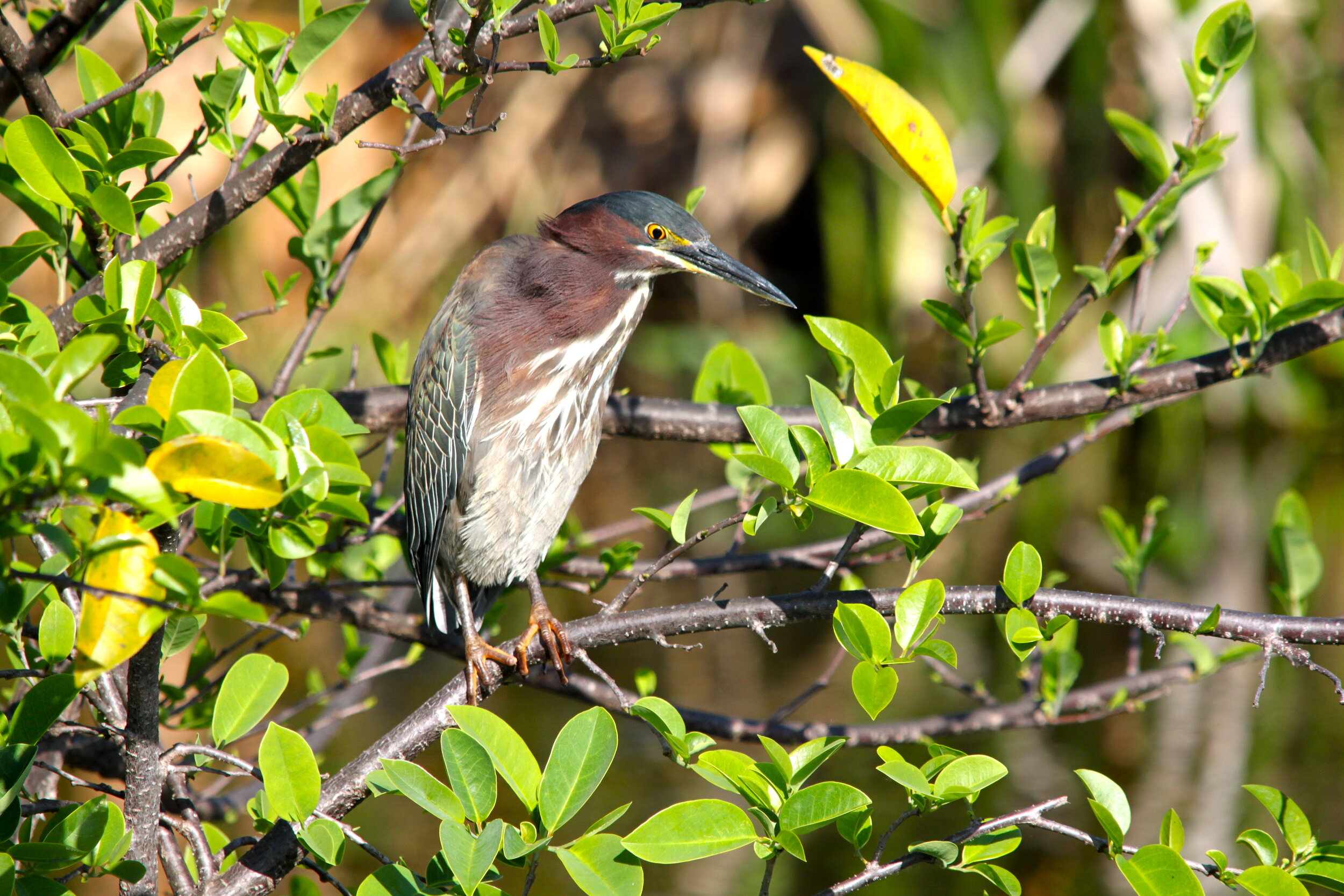
The green heron typically tucks itself in the wooded edges of ponds and streams, feeding on small fish. It is found in much of the eastern U. S. during the warm weather months.
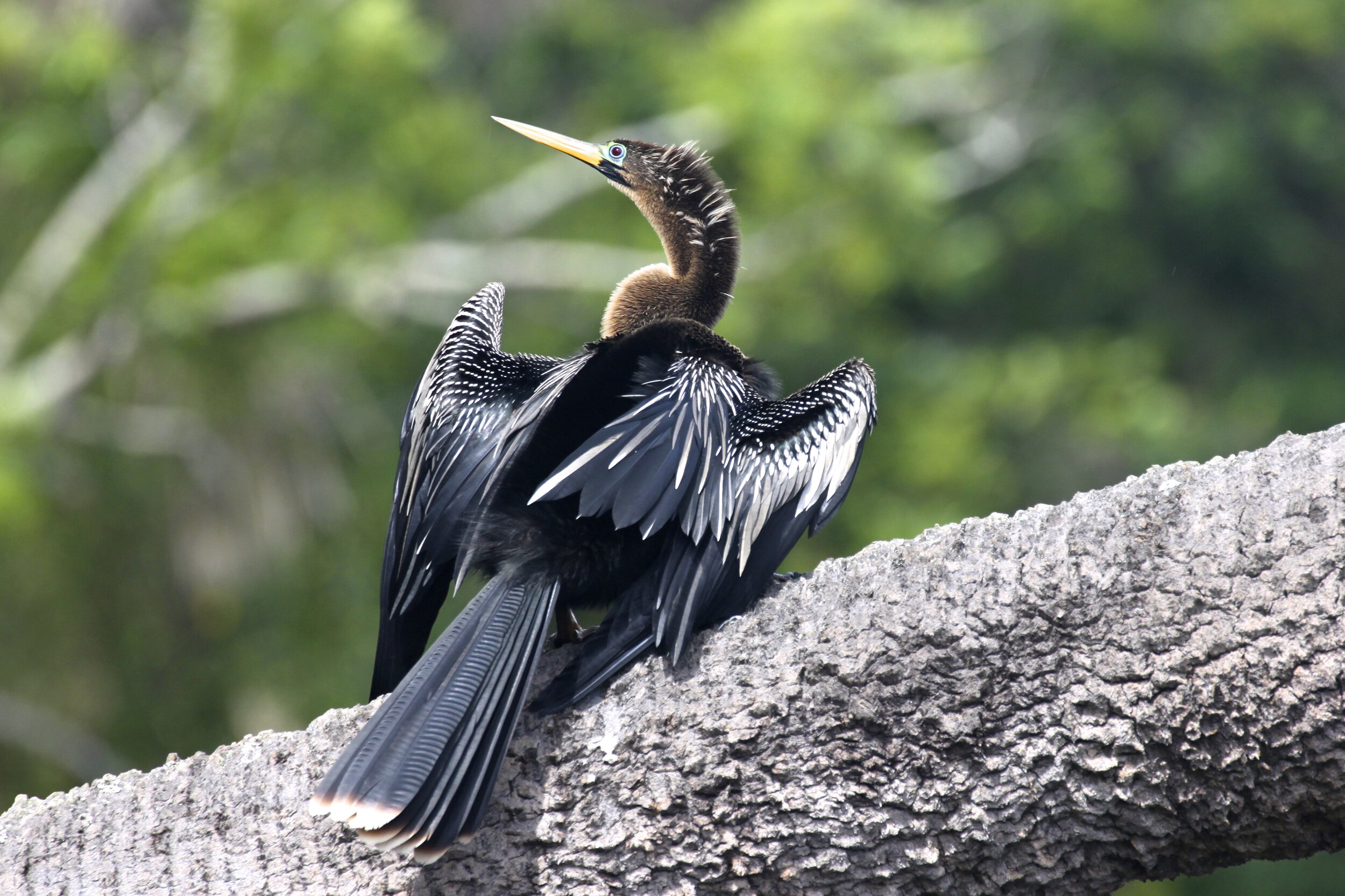
Paddling the St. Lucie River in Port St. Lucie, Florida, one morning I came upon this anhinga in breeding plumage - note the turquoise around the eye - as it perched on a palm tree that had fallen into the river.
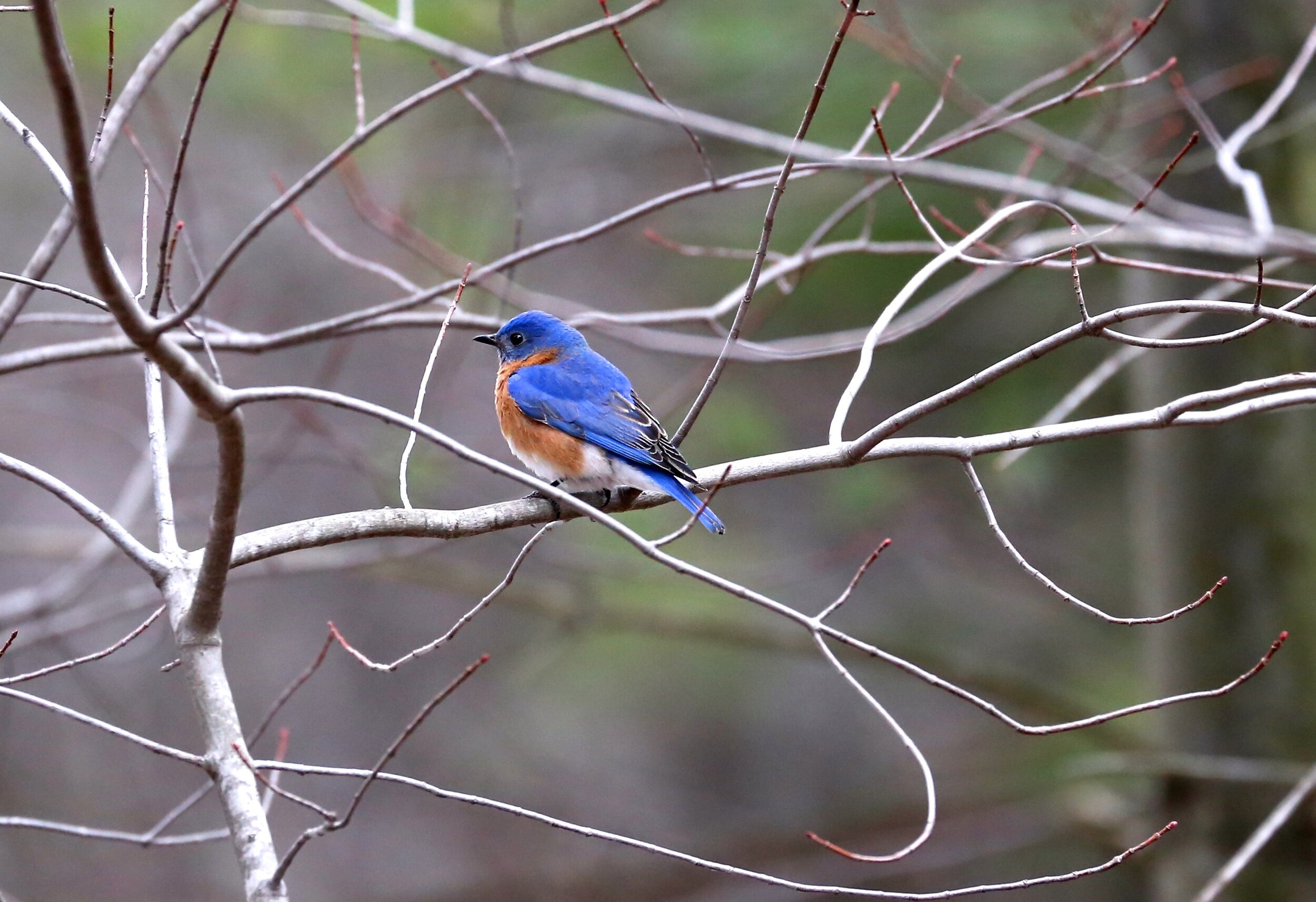
An eastern bluebird perched on the limb of a red maple in early spring in Farmington, CT. As Henry David Thoreau wrote, "The bluebird carries the sky on his back."

Almost certainly carried in by the winds associated with superstorm Sandy, this cattle egret showed up on a farm field on the Farmington/Avon town line in Connecticut in November, 2012. Connecticut is well out of its normal range. It is common in the southeastern U. S.

A Chipping Sparrow singing away at Topsmead State Forest in Litchfield, CT.
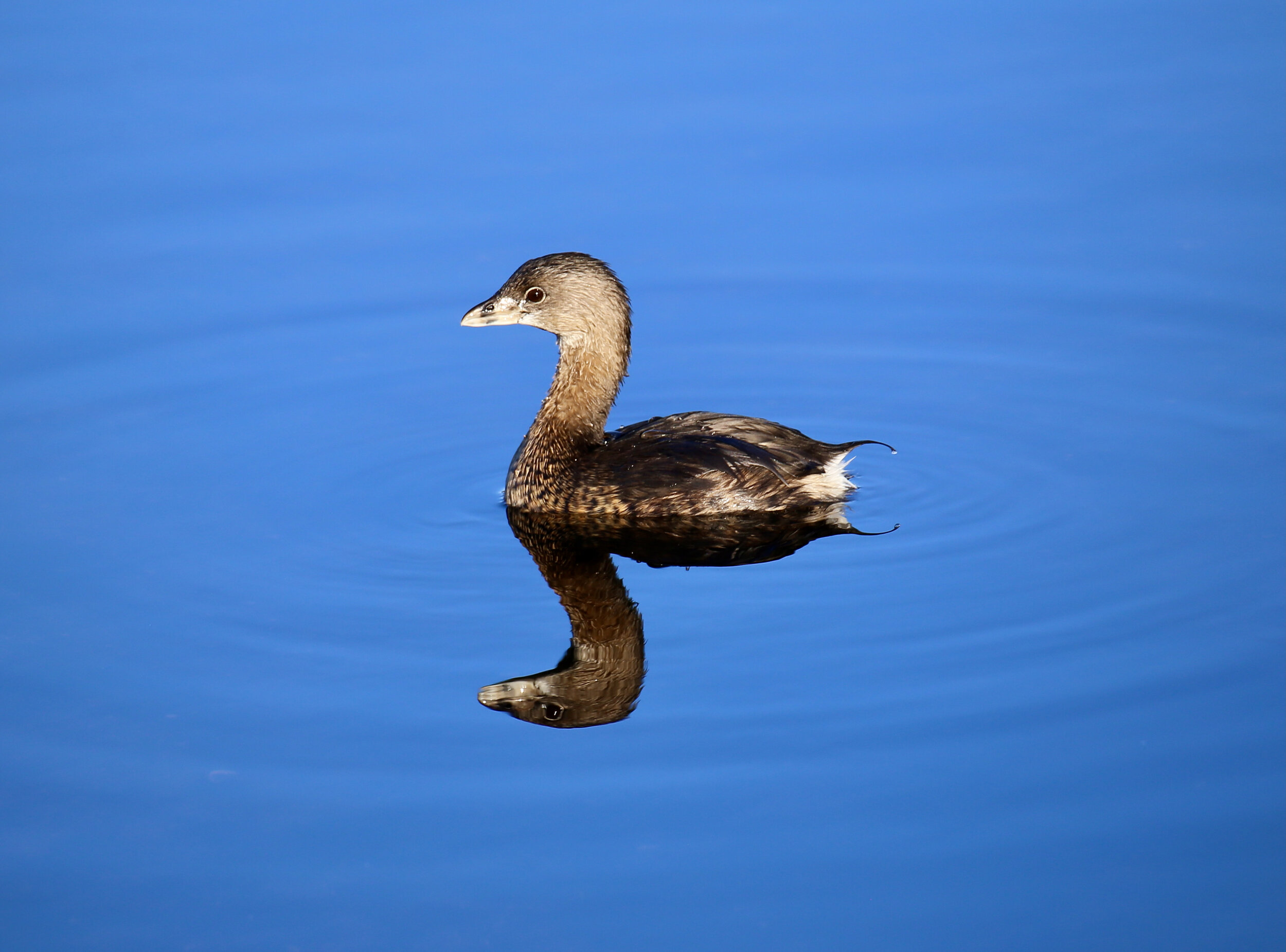
The pied-billed grebe, which dives for crayfish, small fish and aquatic insects, is found in much of the U.S.
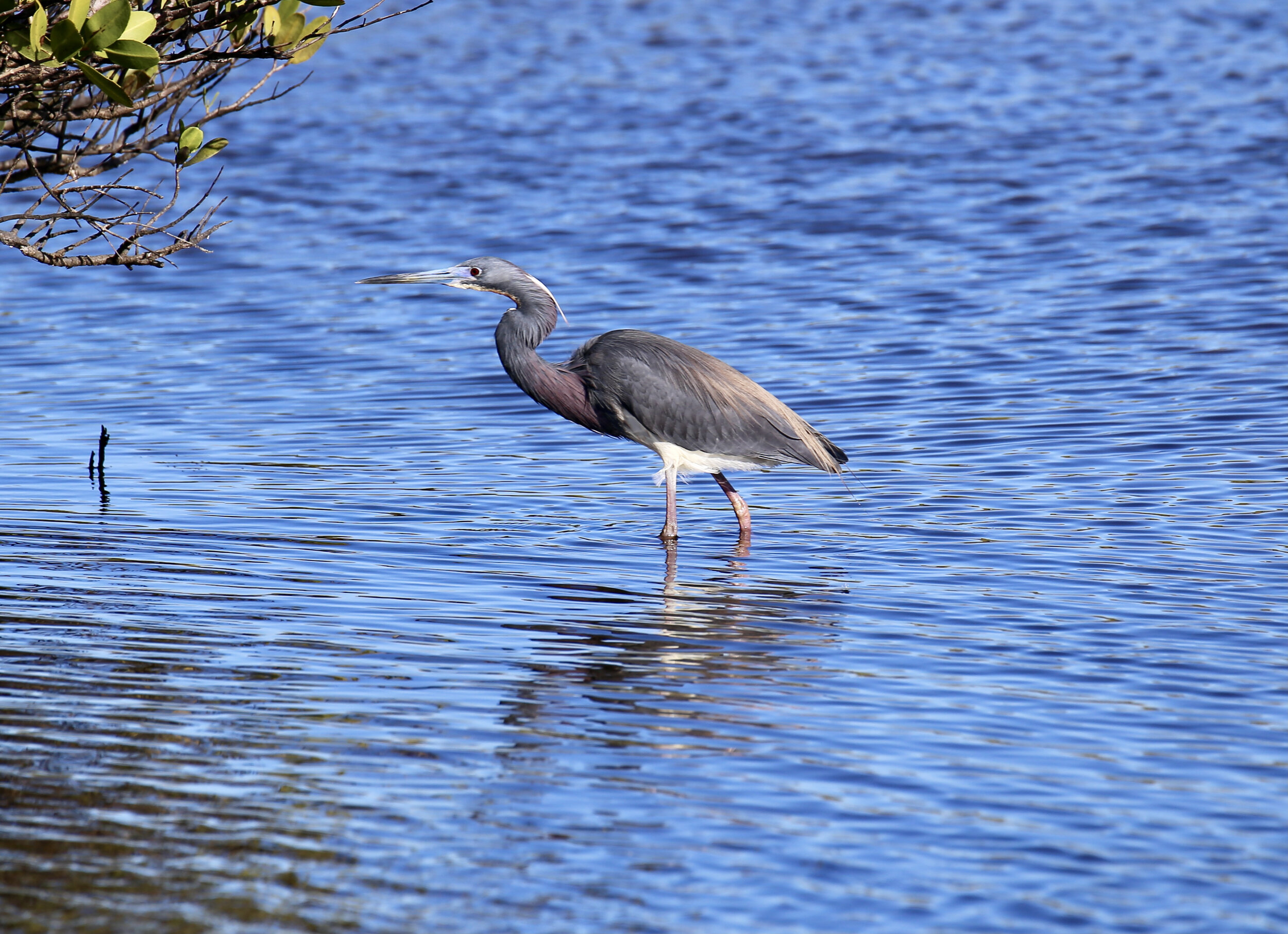
A tricolored heron. The white belly makes it easy to tell this species from the similar great blue heron.

The wood stork, a bird of the southeastern U. S., is a large bird, easily three feet long, that is uncommon but often roosts in colonies.

Double-crested cormorants, Stonington, CT
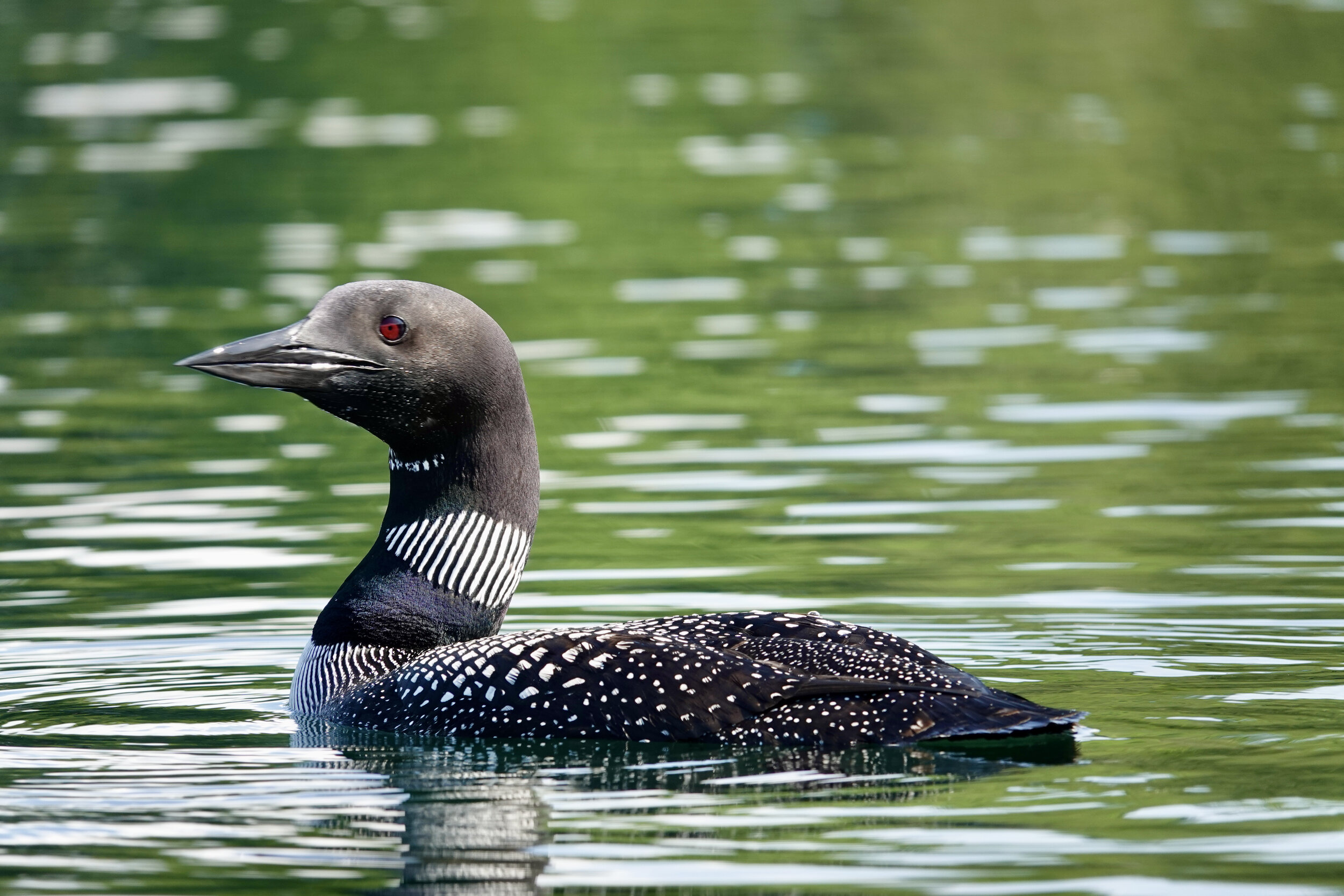
The common loon breeds in the far northern states and Canada, often on big, deep, cold lakes. I photographed this bird from my kayak one morning while paddling a quiet, secluded cove on Squam Lake in New Hampshire.
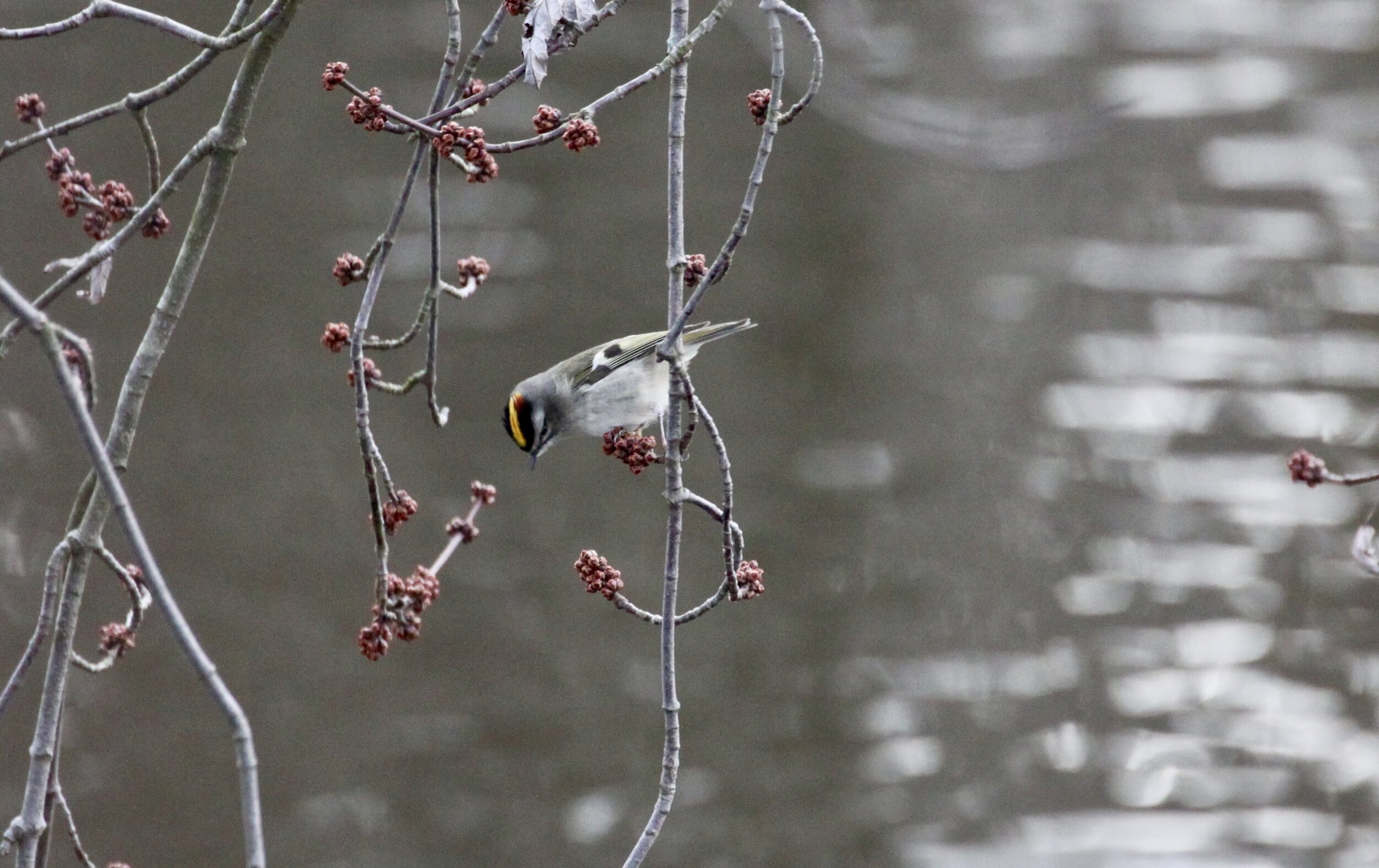
A golden-crowned kinglet along the Pequabuck River in Farmington during winter.
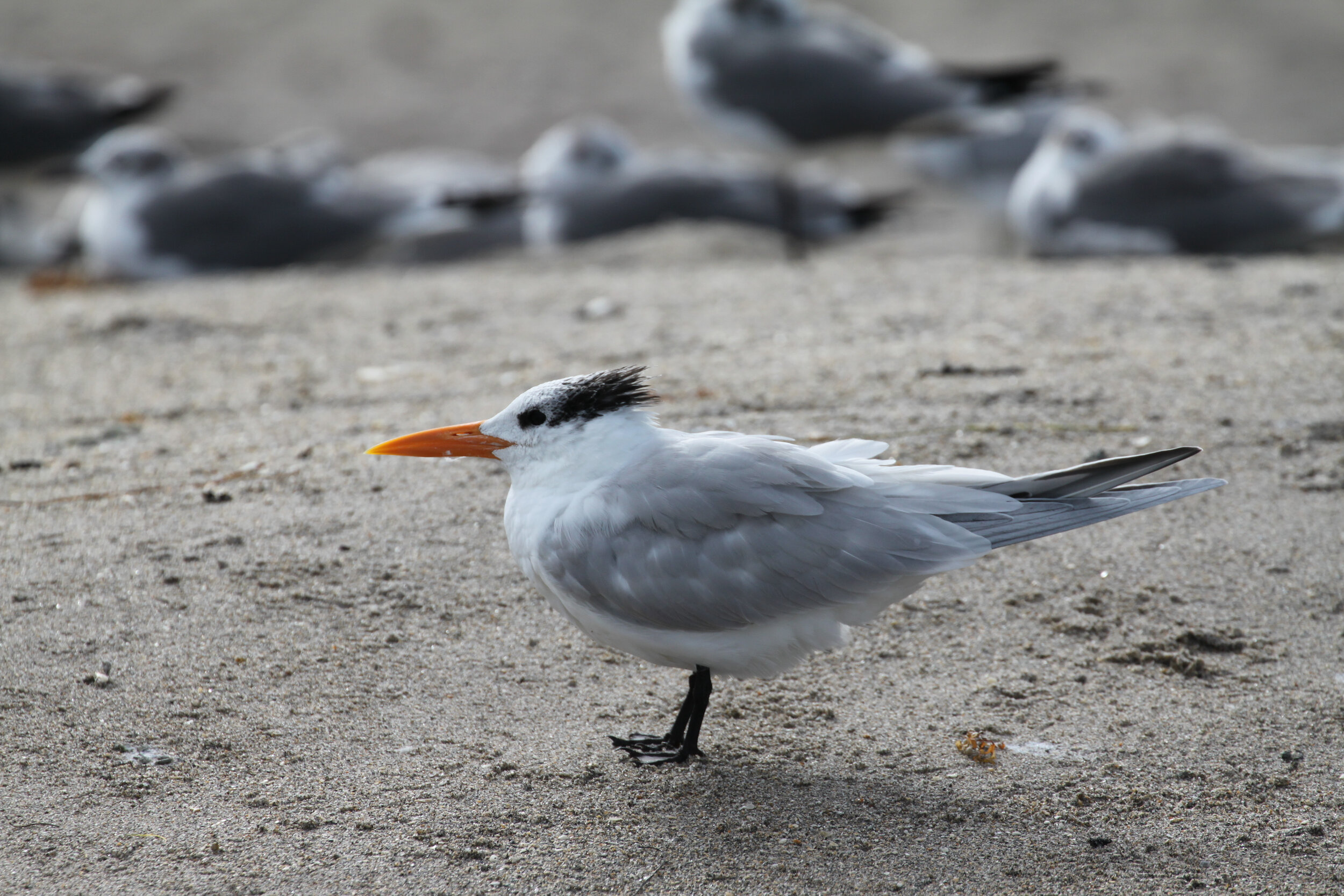
Royal terns are abundant on the beaches of Hutchinson Island, Florida, near Stuart.
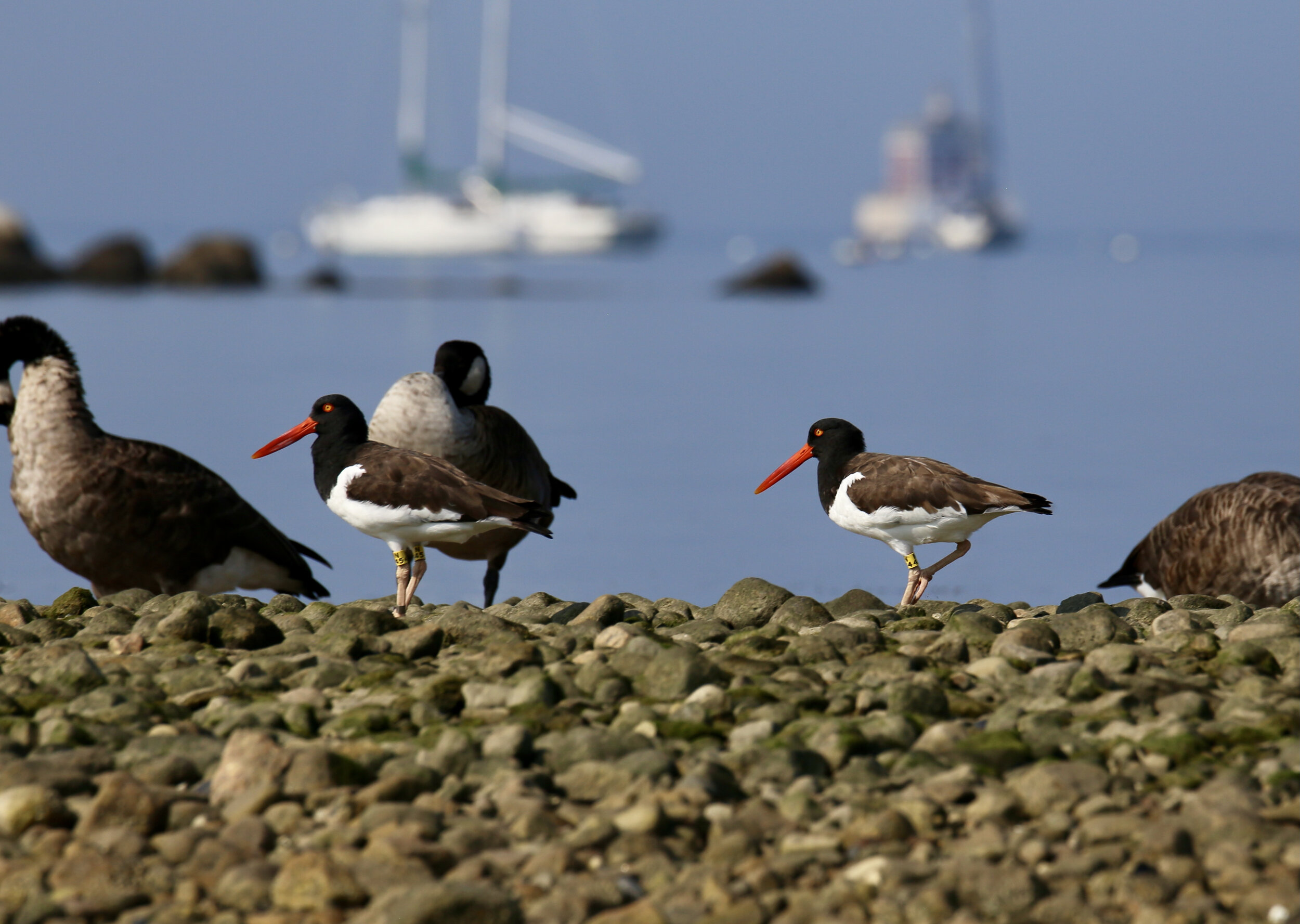
American Oystercatchers are unmistakable with their black head, yellow and orange eyes, orange bill and white belly. These birds were photographed on a rocky sandbar about a half mile off the mainland in Groton, CT.
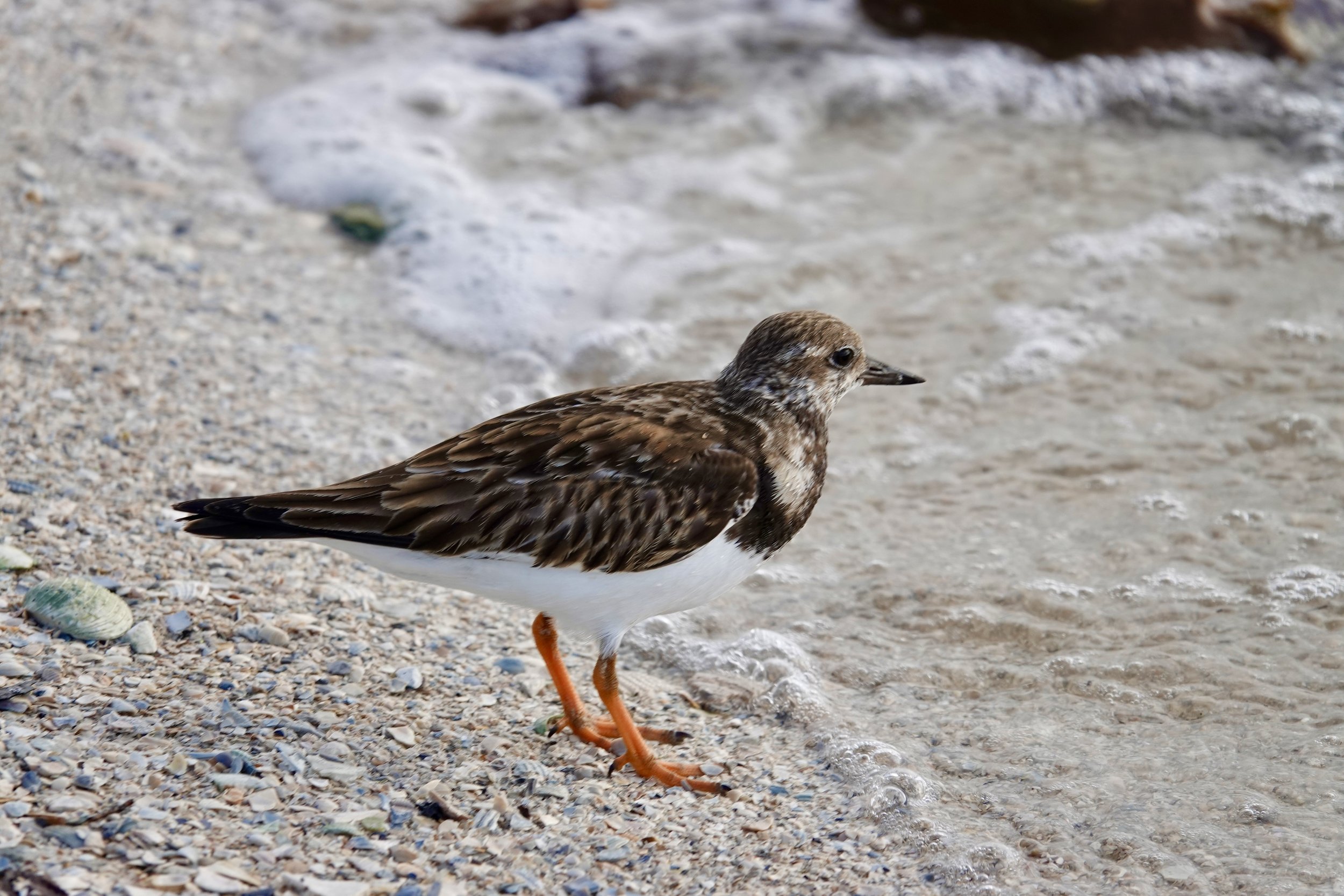
A ruddy turnstone in winter plumage on a small beach, Merritt Island, Florida. Turnstones are common in Florida in winter, migrating to the Arctic to breed in summer.

The aptly named yellow-throated warbler in Jensen Beach, Florida.

A sooty grouse seen from the Hurricane Hill Trail, Olympic National Park, Washington. The sooty grouse and the dusky grouse of the Rockies were once considered one species, then known as the blue grouse.
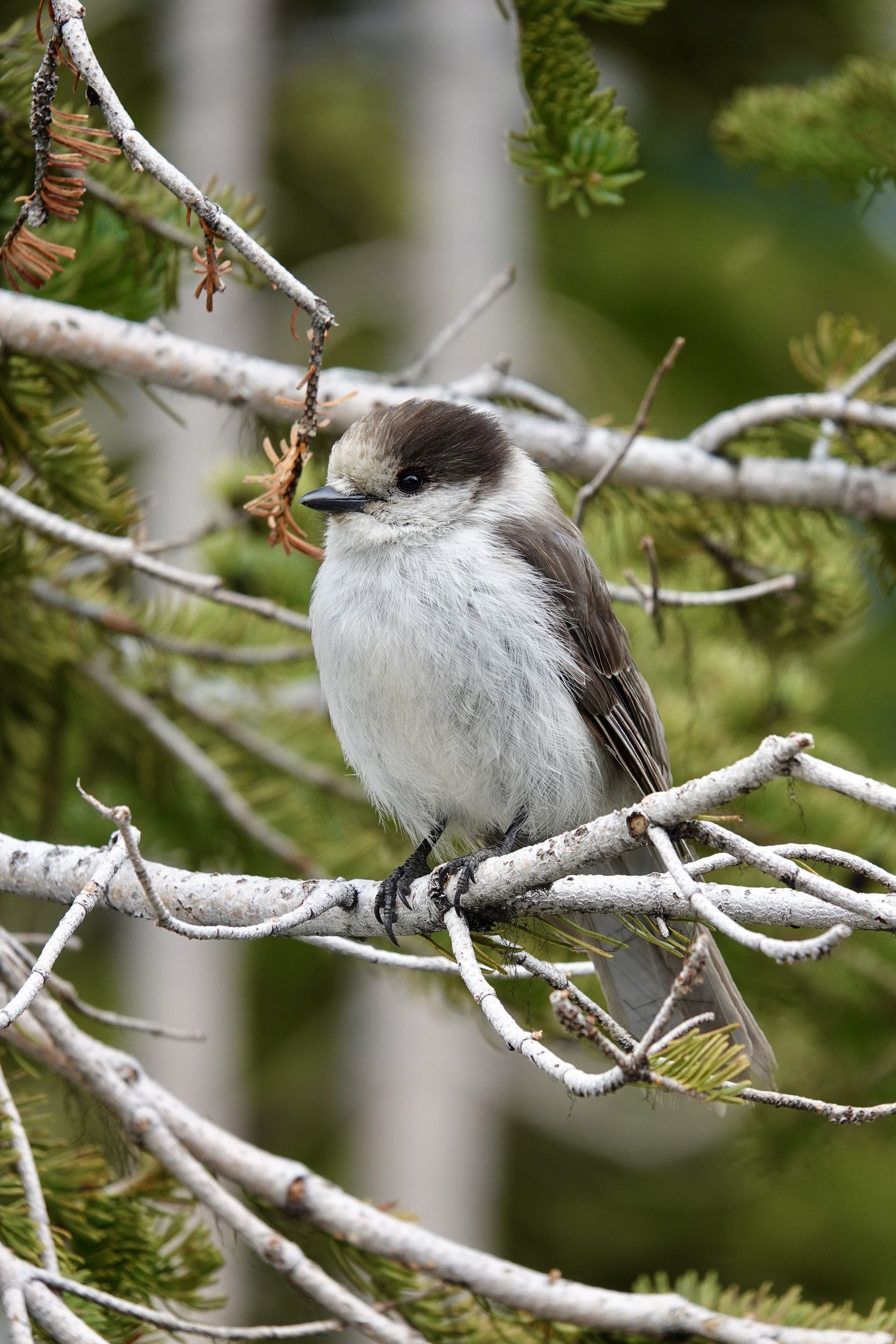
Gray Jay, Northwest race, North Cascades National Park, Washington. The Northwest race has a paler belly and darker, more extensive cap. Nicknamed "the camp robber," it will snatch food from a picnic table while people are sitting there.
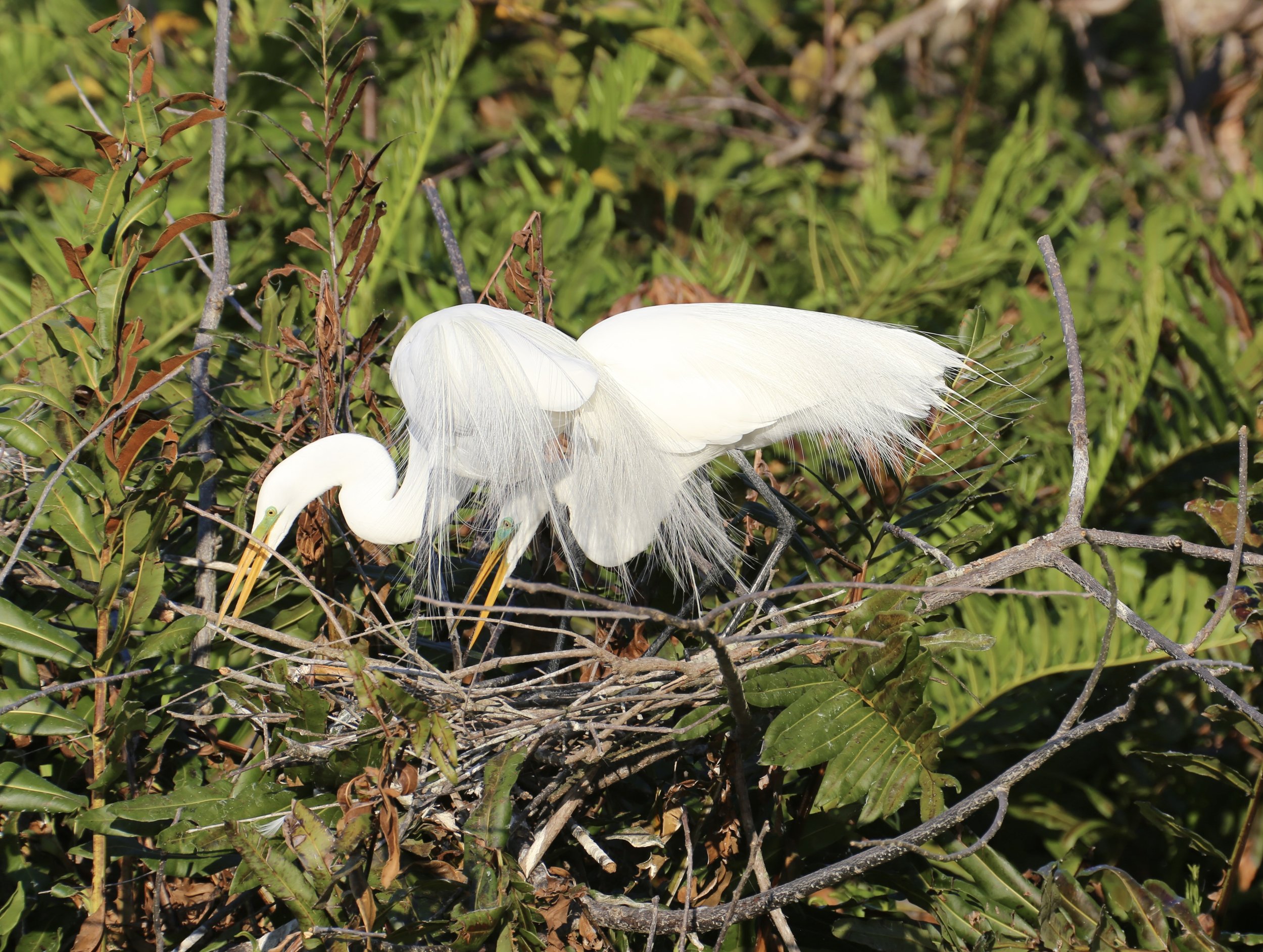
A pair of great egrets in full breeding plumage at Wakodahatchee Wetlands, Delray Beach, Florida. The graceful plumes and lime green facial skin before the eye emerge when breeding.
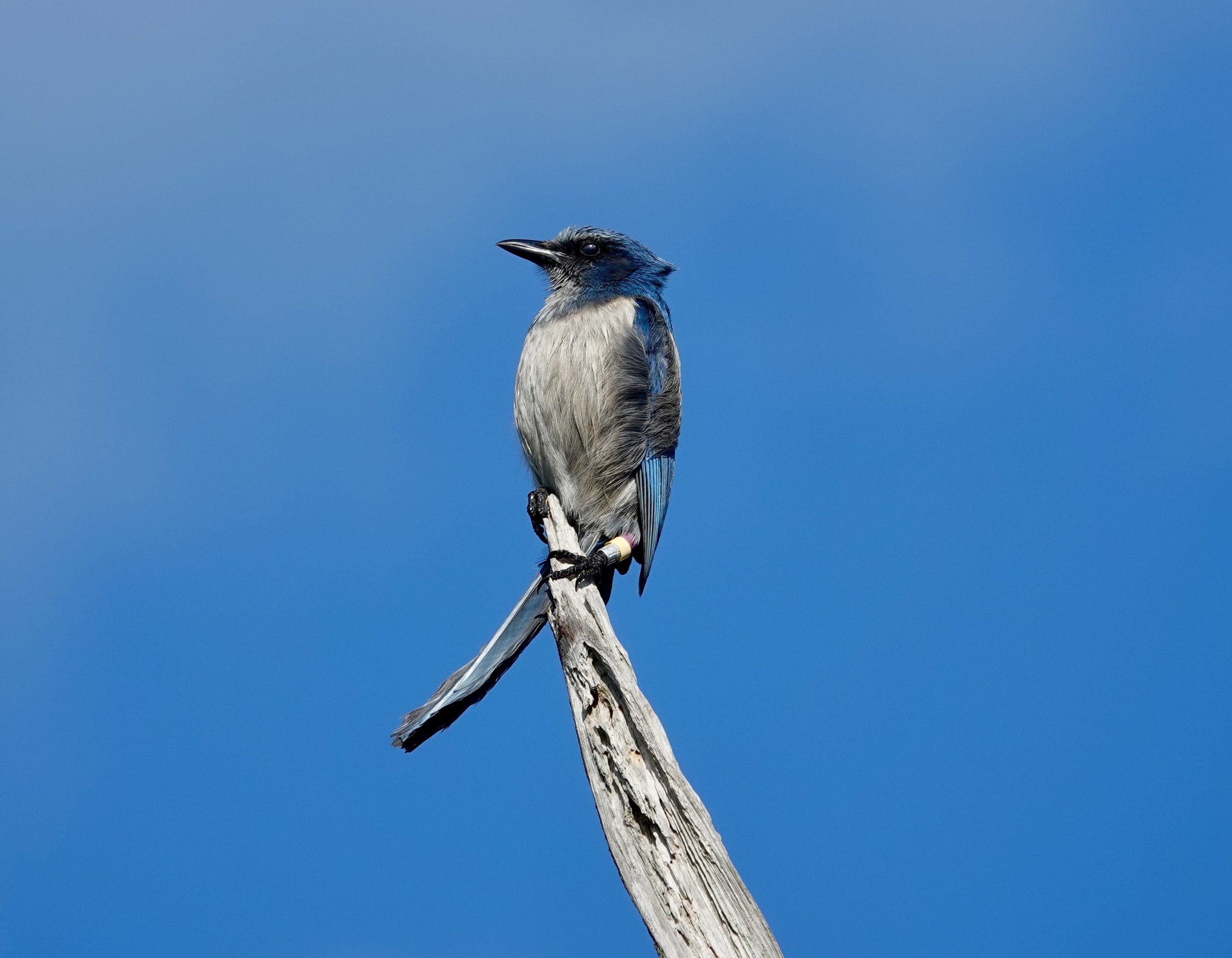
Populations of the Florida scrub-jay crashed over the past century as the sandy, scrub habitat it has to have became homes, businesses and roads. Also, fire suppression efforts allowed the scrub habitat to become overgrown. The species is federally listed as threatened, with less than 10,000 birds remaining, according to the Florida Department of Environmental Protection. I photographed this bird atop a snag in Savanna Preserve State Park, beside the Hawks Nest Trail in Jensen Beach.
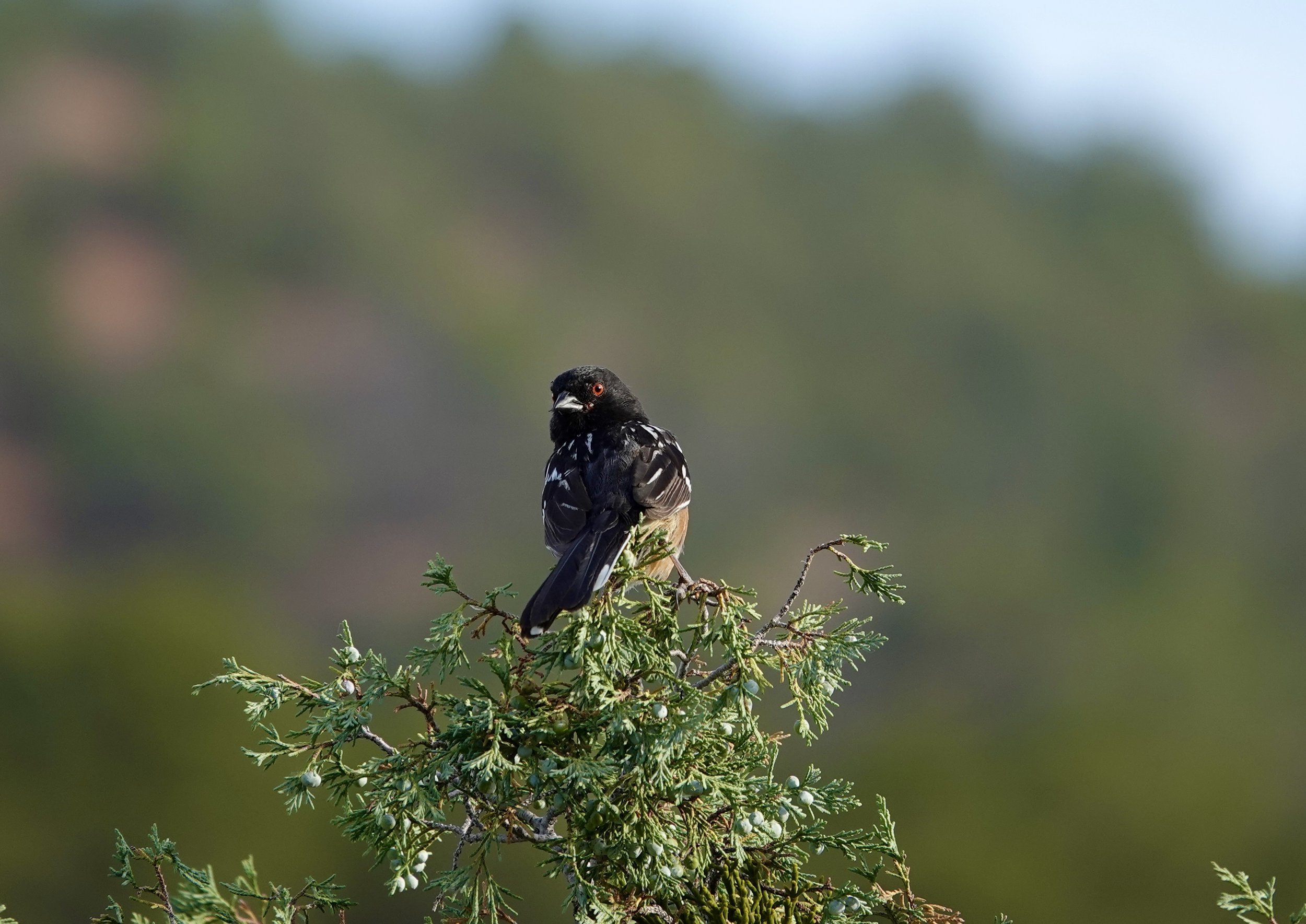
A spotted towhee atop Rocky Mountain Juniper, Randall Davey Audubon Sanctuary, Santa Fe, New Mexico.

The black-throated sparrow is a southwestern species often seen in desert habitat, including Joshua Tree National Park in Southern California. This bird was perched along the Barker Dam Trail in the park.